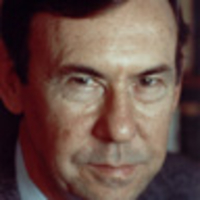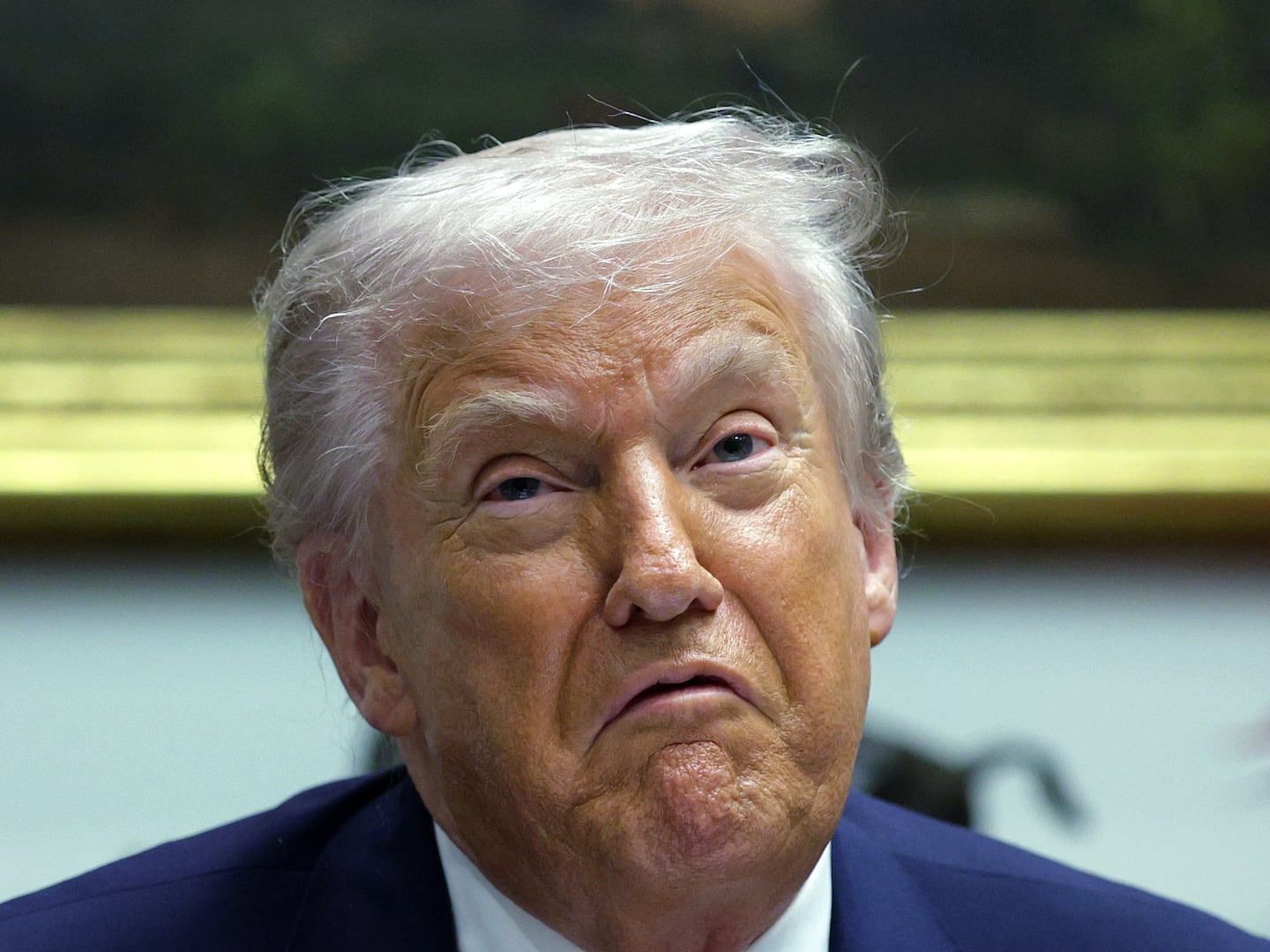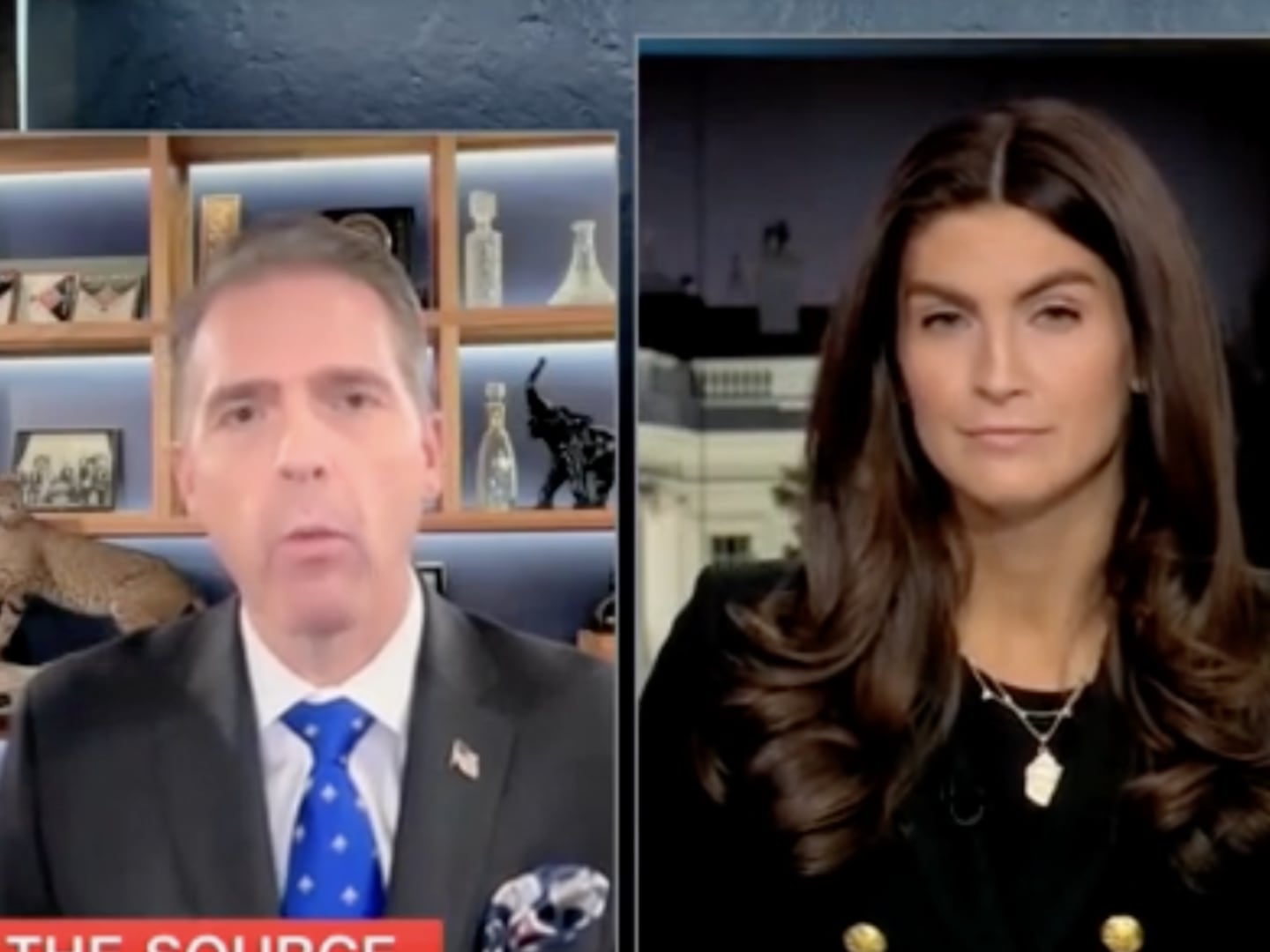
The discovery and announcement of a second Iranian uranium-enrichment facility—apparently on a Revolutionary Guards base near the holy city of Qom—has changed everybody’s calculations.
For the Obama administration, it provides the kind of leverage against Iran that previously seemed to be lacking in the run up to the October 1 start of negotiations between Iran and the five permanent members of the Security Council plus Germany (the P5+1). The revelation of the new site brings closer than ever before the possibility that Russia, certainly, and perhaps even China, might lend their support (or at least tacitly acquiesce) to a new round of sanctions. That will make the threat of real consequences for Iran’s defiance of the United Nations Security Council much more credible and strengthen the hand of the Western negotiators.
Iran will arrive at the meeting red-faced but almost certainly not apologetic.
Iran, in turn, will arrive at the meeting red-faced but almost certainly not apologetic. Iran will claim that it had no obligation to announce the site until 180 days before introducing nuclear material. They notified the IAEA of that position in 2007 on the grounds that the original agreement was not ratified by the Iranian majles (parliament). Members of the IAEA will dispute this, since changes to the Safeguards Agreement are technical and do not normally require ratification.
The legal technicalities, however, are less important than the politics, and Iran will clearly be on the defensive in a way that has not been true for a long time.
Iran lied about this site. Very probably it was never intended to become public. Building a small enrichment facility in an underground chamber on a Revolutionary Guards base with no notification to any international authority, at a time when Iran was under intense pressure to respond to Security Council requests for more inspections, was clearly intended to avoid scrutiny.
Does that mean that Iran was prepared to proceed covertly with a nuclear weapon? Yes and no. If you start with the conviction, as I do, that Iran was and is determined to develop a nuclear capability that would permit it to “break out” and build a nuclear weapon if and when a decision was made by Iran’s highest authorities, probably in response to a direct military threat to Iran by another nuclear power, then the creation of this site would serve two logical purposes.
First, it would disperse Iran’s enrichment capabilities, making it much more difficult for an enemy to destroy its nuclear program with a single strike. If the facility was unknown to the enemy, it would provide an immediate fallback capability in the event the enrichment site at Natanz was destroyed or severely damaged. It was very likely a component of Iran’s post-strike Plan B and assumed that any internal opposition to a nuclear weapon would have been removed by the military attack. As such, this facility would very likely be intended to produce a nuclear weapon.
The ambiguities of Iran’s position, which have always been present, would be amplified enormously by the existence of such a facility. The mere existence of such an undeclared site would be a constant worry for the non-proliferation community and a constant temptation to some in Iran to jump-start a weapons program. At a minimum, the availability of a covert enrichment site could shorten considerably the expected time from Iran’s moment of decision until the actual production of a weapon, since it could be launched without the knowledge of the IAEA inspectors.
The second key point, which is no less important, is that the site was apparently discovered by intelligence long before Iran made its announcement. That has to be an alarming and hugely unwelcome fact from Iran’s perspective. At a minimum, it pulls the rug out from under any Plan B, and Iran has to wonder about what Western intelligence may know about any other covert activities that may exist or that might be undertaken in the future.
Both of these considerations serve to strengthen the hand of the P5+1 and to weaken Iran’s position.
The risk for the P5+1 negotiators is that they will be so filled with righteous indignation that they will overplay their hand. The purpose of the negotiations, after all, is not simply to posture, to issue impossible demands, and thereby justify moving to sanctions. Iran is plagued by political divisions at home, and this latest revelation undercuts their international arguments. But that is no guarantee that they will simply roll over and comply with whatever is demanded of them.
All of the factors that were well known before this latest discovery remain true. Sanctions have not worked after 15 years of trying, and sanctions alone are almost certainly not going to get Iran to abandon its basic nuclear program. Sanctions are and always have been more useful as a threat or a trading card than as an effective tool in practice. Iran clearly dislikes the sanctions that are in place now, and they are eager to avoid more in the future. So there is room for discussion. But there is no evidence whatsoever that if increased sanctions are actually applied Iran will dismantle its enrichment program. Instead, they will escalate. The reality today is the same as before: The end game of sharply increased sanctions is war.
In my view, the objective of these negotiations has also not changed. We want Iran to stop its nuclear growth and agree to much more intrusive inspections. The West should be willing to pay a price for such concessions, perhaps in the form of conditional removal of sanctions, freezing United Nations Security Council action on Iran in the interim, and inviting greater inclusion of Iran in regional affairs as Iran implements concrete steps of confidence-building. That is not easy, but neither is it an unreachable goal.
The negotiators going into the October 1 meetings are starting with a much better hand than most of them anticipated. Will they play their hand as cleverly as they have managed the pre-negotiation period?
Gary Sick served on the National Security Council staff under Presidents Ford, Carter and Reagan. He was the principal White House aide for Iran during the Iranian Revolution and the hostage crisis and is the author of two books on U.S.-Iranian relations. Mr. Sick is a captain (ret.) in the U.S. Navy, with service in the Persian Gulf, North Africa and the Mediterranean.






